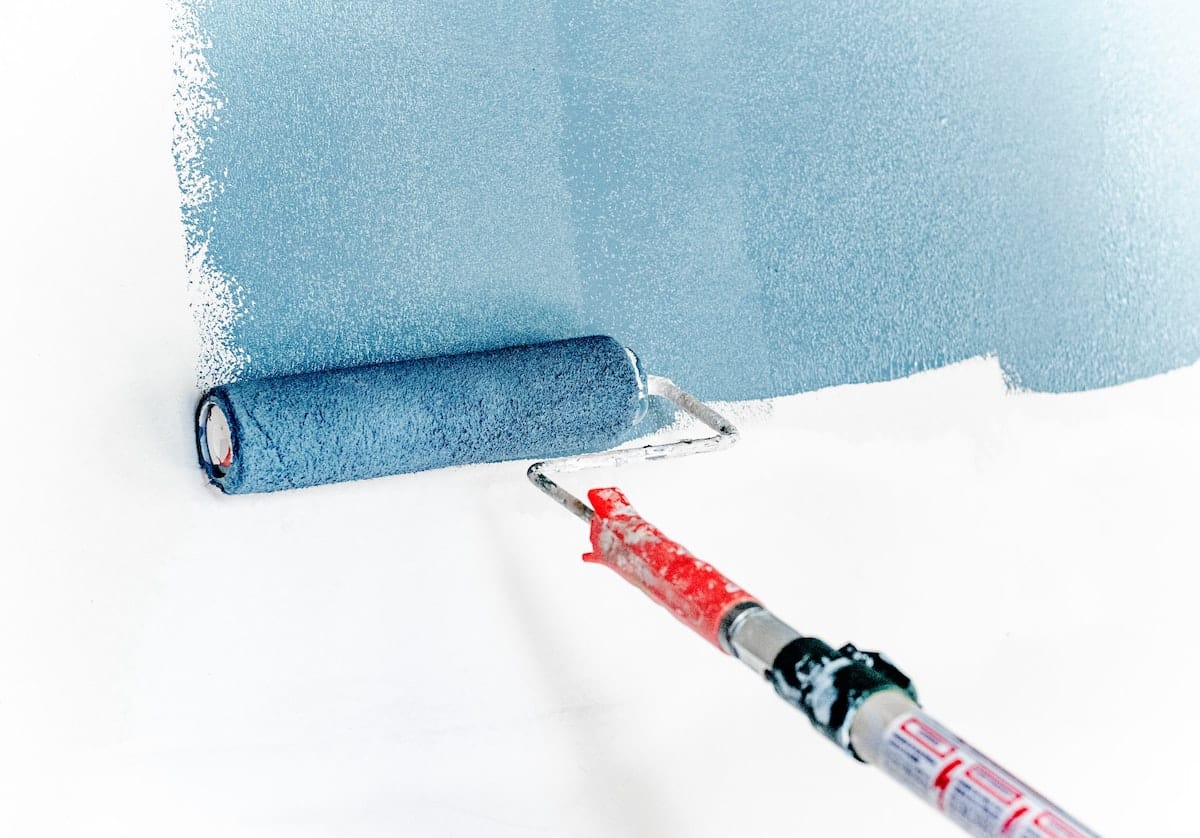Are you planning to paint your furniture, but you feel you lack the required skills to proceed and get the job done? For most people, one of their main concerns is whether it is necessary to apply primer to the wood before painting. In this post, we will explain everything you need to know to ensure your wood shines when you are through with the work.
The goal of applying a primer is to extend the longevity of the paint on various types of surfaces and ensure the paint shines for a longer period of time. By applying the primer well, you can safeguard your paint for several years and keep it looking fresh.
Primer is applied as a first coat to your furniture to fill in any spaces and guarantee that the paint sticks firmly to the surface. In addition, primer enriches the color of the paint to bring out that spark you desire. Most surfaces, such as wood or canvas, can wick the primer and paint easily.
However, before you start applying your favorite color, you will need to prepare the surface to prevent the canvas from absorbing the paint, which can hinder the pretty colors from becoming apparent. Similar preparation is required before painting wood surfaces. Failure to adequately prepare the surface will cause the paint to be absorbed by the wood and make the finish dull and prone to damage.
Understanding What Is A Primer And Its Benefits
Primer, sometimes called an undercoat, helps to prepare the surface before you apply your paint to ensure the paint adheres more strongly and lasts for longer. Wood primer is the initial coat to prepare the surface and make it more paint-friendly.
It is highly recommended that you apply a primer to coat the wooden surface you intend to paint. Naturally, wood has extremely strong absorbent qualities, just like canvas. As already mentioned, preparing your canvas before you paint guarantees better results.
This hack is equally effective when dealing with wood surfaces since both surfaces will easily absorb paint if they are not adequately prepared before painting. Failure to adequately prepare canvas and wood surfaces will make the color appear dull.
A primer helps to seal any small spaces and cracks that could be on the surface. The primer fills in the small gaps, making the surface you are painting even. It is always recommended to treat your wood before painting to prevent the color from losing its desired sharpness or good appearance.
Should I Always Prime Wood Before Painting It?
It is best to always apply a primer as your first coat on almost all surfaces you intend to paint to smooth out any cracks or imperfections on the surface. In addition, if you seek to achieve a smooth finish, you will need to apply a primer before the paint. The primer boosts the quality of sharpness and enables the paint to adhere more firmly to the surface, which extends the paint’s longevity for several years.
A primer must be applied to the surface before the paint. Moreover, it is helpful to prime the surface you intend to paint, which is a critical step for both a beginner and a pro or more
A primer is necessary even for old, dented, dry, or rough surfaces if you want to make a huge difference in your décor. Most times, primers are indeed sticky and semi-vicious, which gives them the ideal qualities to serve as an integral part of your painting project and increase the durability of your paint.
The Impact Of Overlooking A Primer
Often, ignoring to fill in any gaps with a primer can cause the first coat of paint to be blemished since the wood will easily absorb a lot of the paint. Moreover, you can expect the water in the paint to raise the grain, particularly near knots.
Applying a second coat can solve the issue temporarily, but since there is no primer used, the paint will begin to come off within one or two years.
Also, ignoring primer from timber with numerous knots will cause the dark spots to appear close to all the knots on the surface. It will prove quite difficult to get rid of the spot despite the number of additional coats you apply to the surface.


